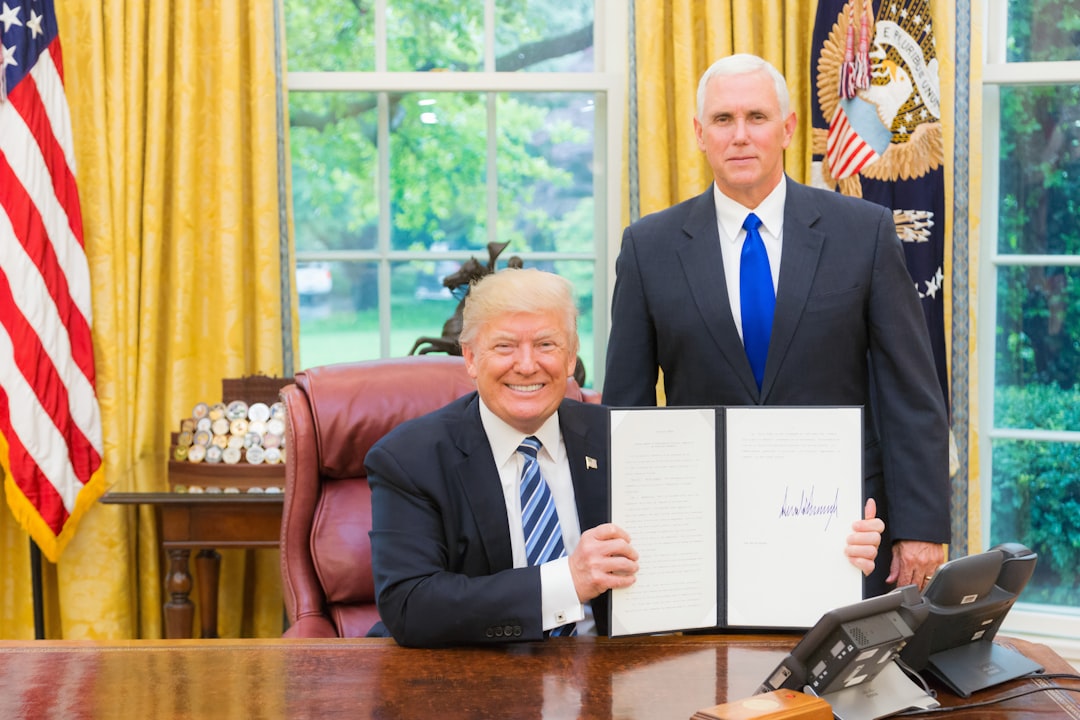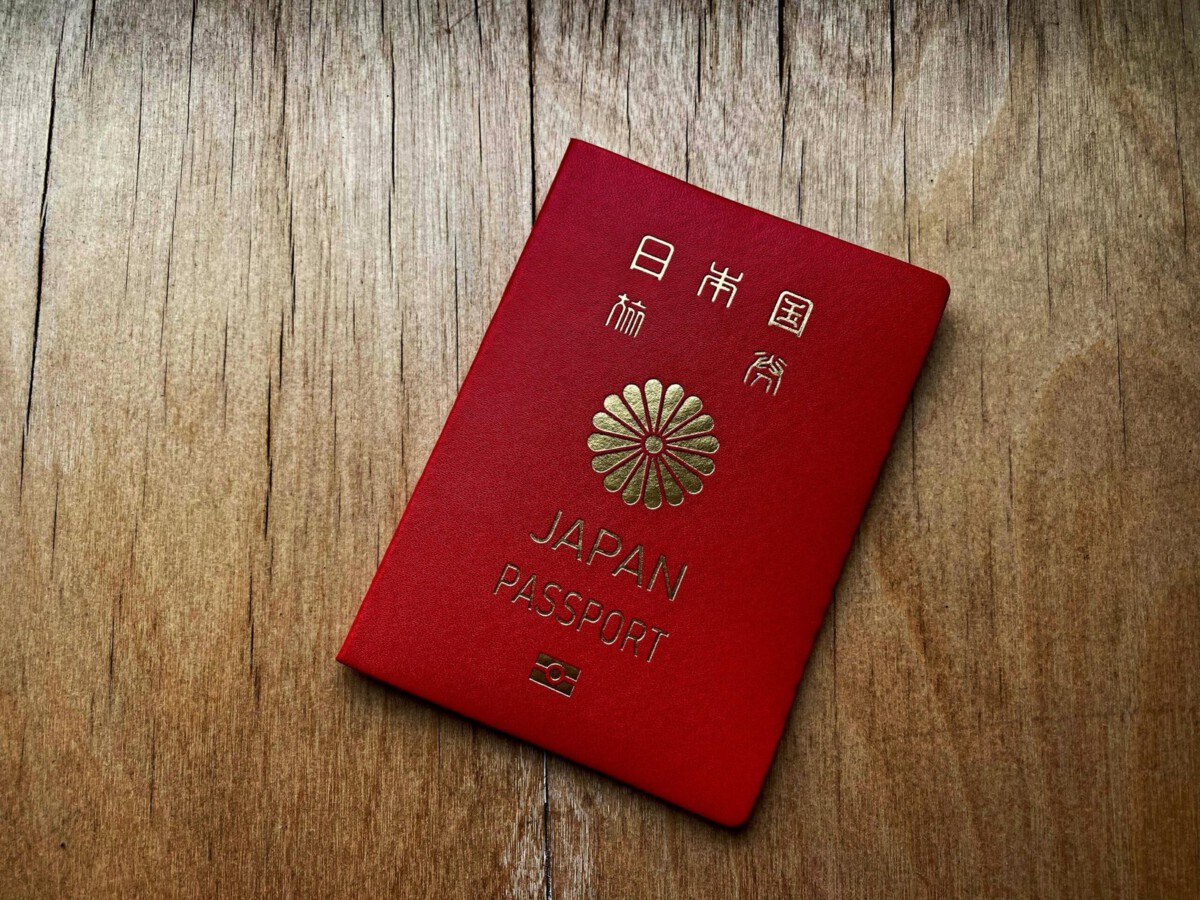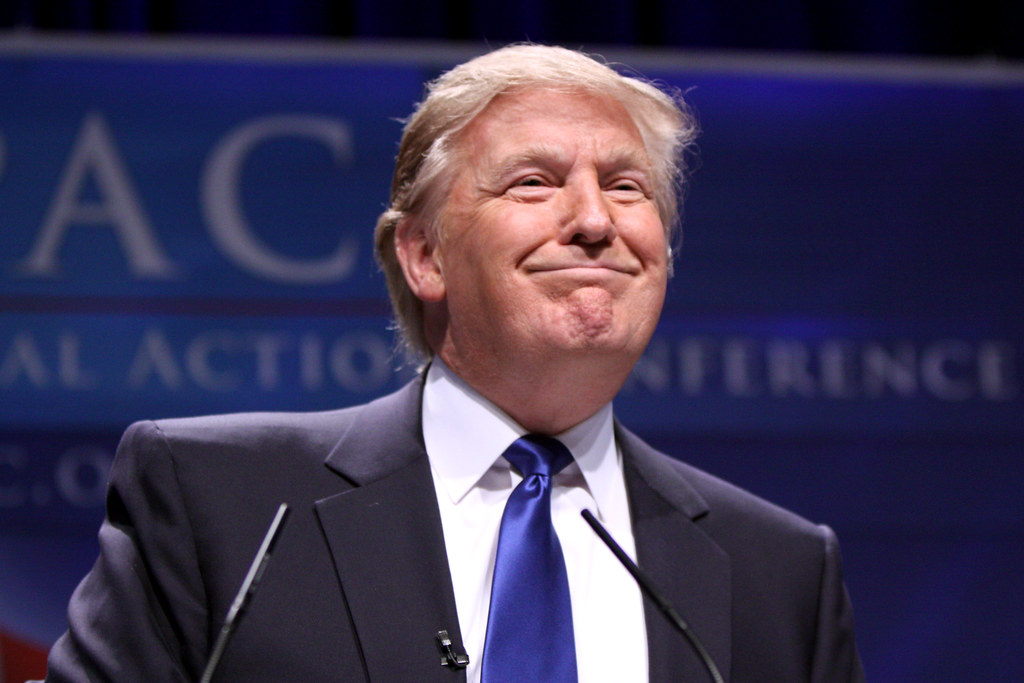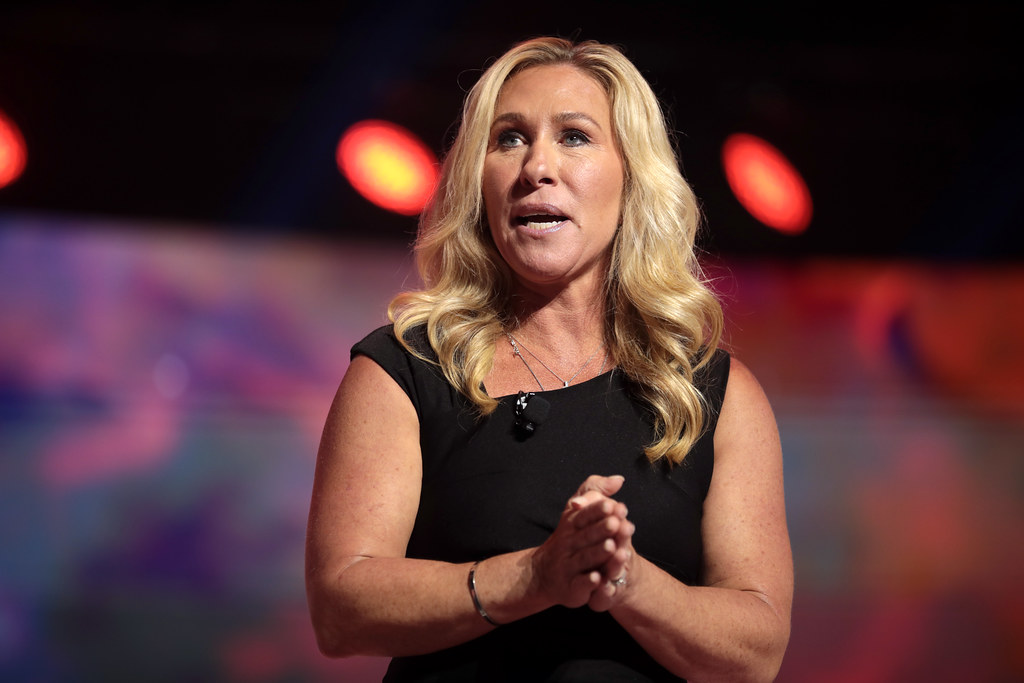Trump’s TikTok Rescue Plan: 5 Ways This Executive Order Changes Everything (image credits: Unsplash)
The image of President Trump putting pen to paper on this pivotal executive order captures a moment that could reshape how millions of Americans interact with their favorite social media platform. What seemed like TikTok’s final curtain call has suddenly transformed into a potential comeback story.
## The Unexpected Plot Twist Nobody Saw Coming
Just when TikTok users were preparing to say goodbye to their beloved app, Trump delivered a curveball that left everyone scrambling to understand what comes next. This executive order doesn’t just buy time—it signals a complete shift in how the administration plans to handle foreign-owned social media platforms operating on American soil.
The move caught both supporters and critics off guard. While some predicted a complete ban, others anticipated endless legal battles. Instead, Trump chose a middle path that prioritizes American oversight while keeping the app alive.
## What This Executive Order Actually Does
The order establishes a framework for TikTok to continue operations under strict American supervision. Think of it as putting the app under a microscope while allowing it to keep entertaining users.
Here’s what’s changing immediately:
- All user data must be stored on American servers
- U.S. officials will oversee TikTok’s data handling practices
- The company must provide transparency reports on content moderation
- American cybersecurity firms will monitor the platform’s security measures
- Regular audits will ensure compliance with new requirements
## The Data Security Game Changer
Data protection lies at the heart of this executive order, and for good reason. Previously, concerns swirled about where American users’ personal information ended up and who could access it.
The new requirements create a digital fortress around user data. Every video you scroll through, every comment you make, and every preference you set will now be protected under American privacy laws. This represents a massive shift from the previous system where data could potentially flow to overseas servers.
## Winners and Losers in This New Landscape
| Winners | Losers |
|---|---|
| TikTok creators and users | Competing platforms hoping for TikTok’s exit |
| American data security companies | ByteDance’s complete control over TikTok |
| Small businesses using TikTok marketing | Those preferring a complete ban |
The ripple effects extend far beyond just keeping the app alive. Creators who built entire careers on TikTok can breathe easier, while businesses that invested heavily in TikTok marketing won’t see their strategies collapse overnight.
## The Road Ahead: Implementation Challenges
Making this executive order work in practice won’t be simple. TikTok must now navigate a complex web of new requirements while maintaining the user experience that made it popular in the first place.
The timeline for compliance remains tight, and every step will be scrutinized by both government officials and the public. Success depends on TikTok’s willingness to embrace transparency and American oversight without losing what makes the platform unique.
## What This Means for Your TikTok Experience
For regular users, the changes should be largely invisible at first. You’ll still be able to create videos, follow trends, and engage with content as before. However, the behind-the-scenes improvements in data security and privacy protection represent significant upgrades to your digital safety.
The real test comes in the months ahead as these new systems take shape. Will TikTok maintain its creative energy under increased oversight? Can American security measures coexist with the app’s innovative features?
- TikTok survives but operates under strict American oversight
- User data protection gets a major upgrade through domestic storage requirements
- The order sets a precedent for how foreign social media platforms can operate in the U.S.
This executive order represents more than just TikTok’s survival—it’s a blueprint for balancing national security concerns with digital innovation. The success or failure of this approach will likely influence how America handles similar situations with other foreign-owned platforms in the future. Will this compromise satisfy both security hawks and digital freedom advocates, or is it just the beginning of a longer conversation about technology and sovereignty?







